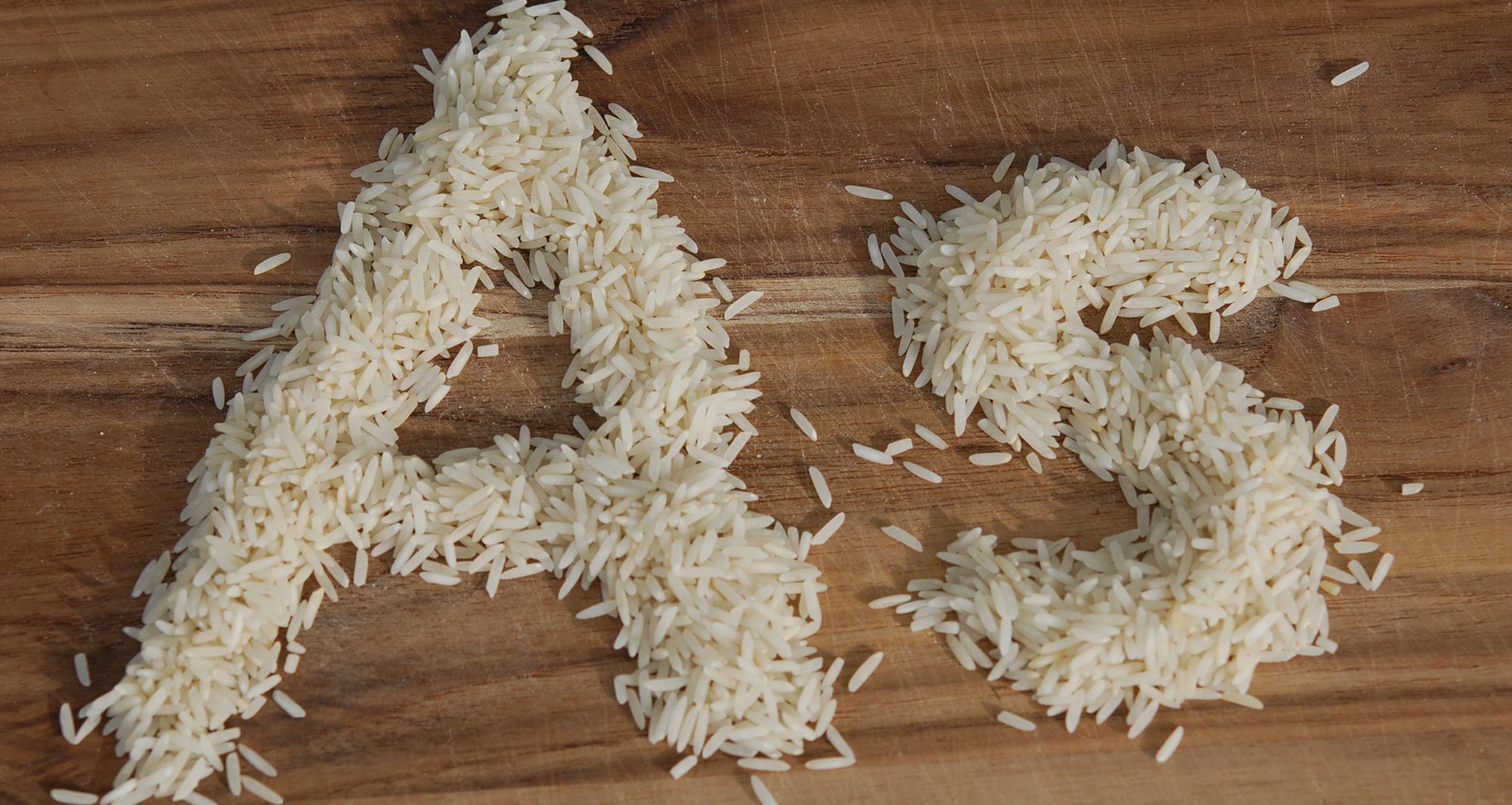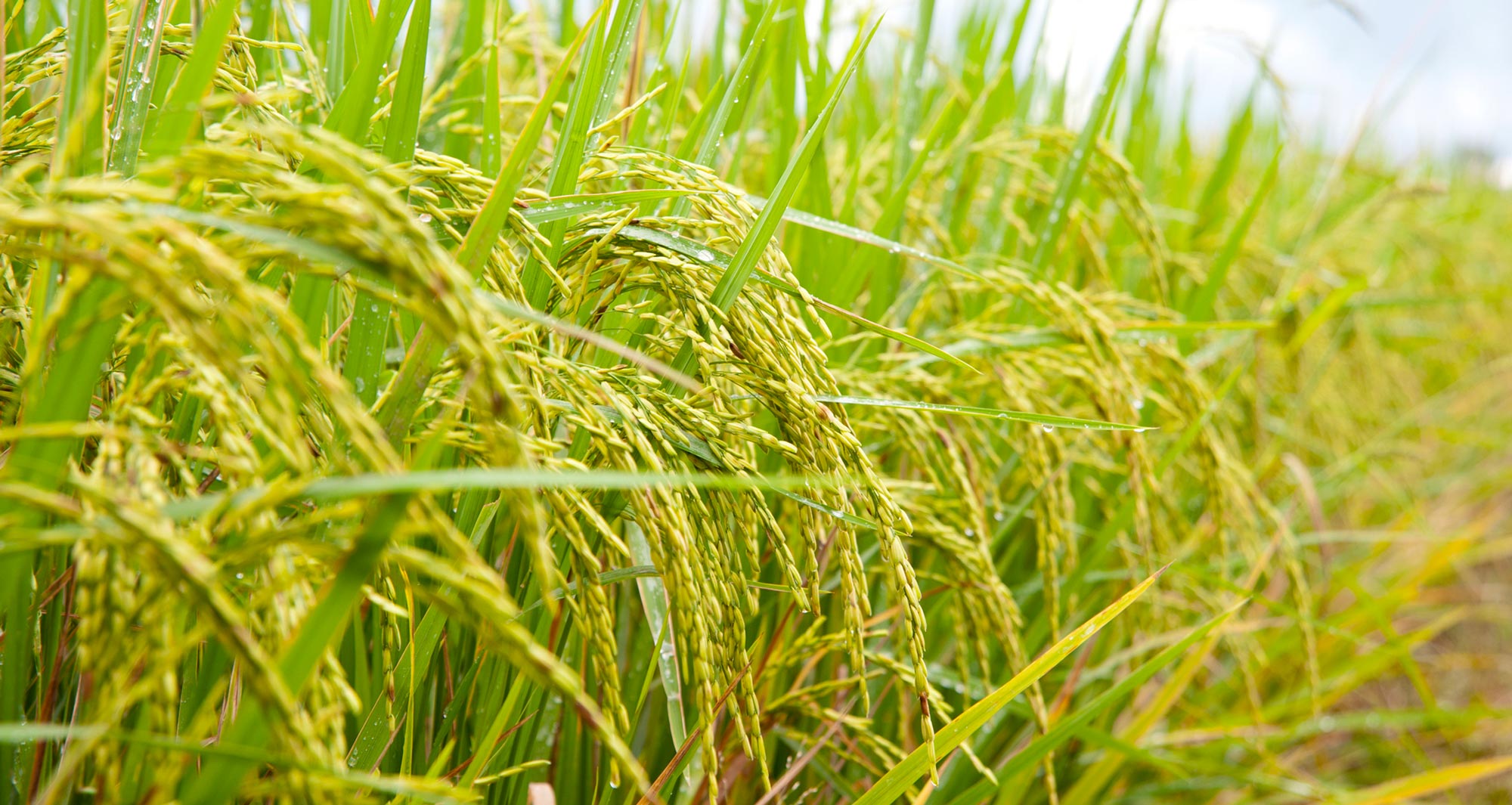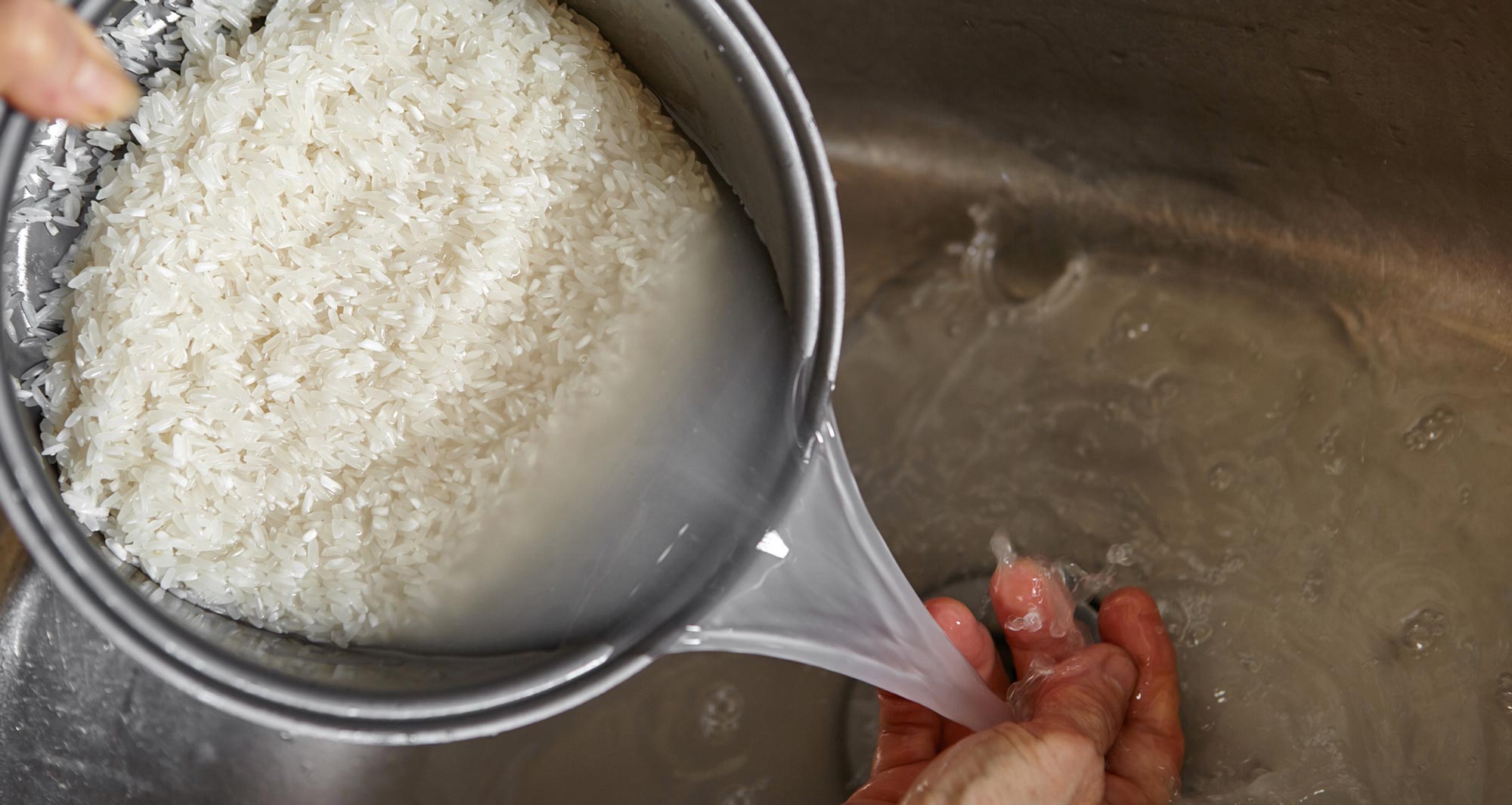
Rice is an easy, enjoyable food that can bulk up a meal for pennies. But should you stop
eating it to avoid the health risks from arsenic?
Consumer Reports tested 223 samples of rice products and found significant levels of arsenic in almost all of them, including white, brown, parboiled, jasmine, basmati, and other types of rice.
You can see the full results of the brands they tested and the results here.
Arsenic was found in rice whether it was organic or conventional — and from all regions of the world.
What About Brown Rice, Black Rice, and Wild Rice?
Brown rice is generally healthier than white rice. (White rice is stripped of its outer layers, fiber, and beneficial nutrients).
But according to Consumer Reports, brown rice had 80% more arsenic than white rice. Arsenic, along with many valuable nutrients, tends to collect in rice’s brown outer hull.
Black rice (also known as forbidden rice) is an ancient grain that has been found to have as many antioxidants as blueberries, but it will likely have higher levels of arsenic than white rice.
Wild rice (technically not a rice but still a grain) may contain less arsenic, but it depends on the water where it grows.
What About Organic Rice?
Organically-farmed rice may contain fewer pesticides, but all rice soaks up arsenic from the soil.
So organic rice will have fewer toxins overall. But it won’t likely have lower levels of arsenic unless the soil it grew in was never exposed to arsenic — not even 50 years ago.
Which Rice Has The Least Arsenic?
Basmati rice from California, India, or Pakistan is the best choice, according to Consumer Reports data. These types of rice have about one third of the inorganic arsenic compared to brown rice from other regions.
Rice grown in Arkansas, Texas, Louisiana, and most other U.S. states had the highest inorganic arsenic levels. So it’s best to minimize or avoid rice grown in these areas.
You can also check company websites and contact rice companies to see if they conduct independent testing for arsenic levels in their rice.
One brand in particular, Lundberg Farms, is transparent about the problems of arsenic in rice. Their CEO wrote a letter about the issue and how the company is addressing it.
How Does Arsenic Get In Rice?

When arsenic is in the soil, all plants will absorb some of it. But rice is different.
Because it’s grown under flooded conditions (where irrigation water is often contaminated with arsenic), rice absorbs more arsenic than other food crops.
Arsenic-based pesticides were heavily used on crops for decades. And inorganic arsenic can persist in the soil indefinitely.
Even if farmland has been growing organic food for decades, if it was ever exposed to arsenic-contaminated pesticides, these toxins may still persist in the soil today.
Inorganic arsenic compounds and most arsenic-based pesticides have now been banned in agriculture in the U.S. But some may still reach Americans by way of other countries.
Can Arsenic Be Removed from Rice?

To some extent, arsenic can be washed off. Arsenic is water soluble.
Published studies indicate that cooking rice in excess water (from six to 10 parts water to one part rice), and draining the excess water, can reduce 40 to 60% of the inorganic arsenic content, depending on the type of rice.
And a 2015 study published in PLOS ONE, found a cooking method that reduced arsenic by 85%. They used a filter coffee maker to pass the hot water through the rice as it cooked.
But rinsing rice does remove some of the valuable nutrients.
According to the FDA, rinsing rice may reduce the levels of some nutrients, including folate, iron, niacin and thiamin, by 50 to 70%.
And nutrients were lost during the the coffee filter experiment, too. Approximately 50% of the potassium and 7% of the phosphorus were lost. But the levels of calcium, copper, iron, manganese, sulphur, and zinc did not change significantly.
How to Reduce Arsenic in Rice
If you decide to eat rice, you may want to take these steps:
- Choose organic basmati rice from California (or India and Pakistan) if possible.
- Rinse rice thoroughly or even better soak it for 48 hours before cooking it, pouring off the water and rinsing it every 8 to 12 hours (like soaking beans).
- Cook rice in 6 to 10 parts water to one part rice.
- When the rice is done, drain off the extra water after cooking.
Or if you want to try making rice in a coffee maker, Quartz has suggestions here.
Water is often contaminated with arsenic as well, so using filtered water is best.
And think about adding variety to your diet and trying more alternatives to rice.





Комментариев нет:
Отправить комментарий